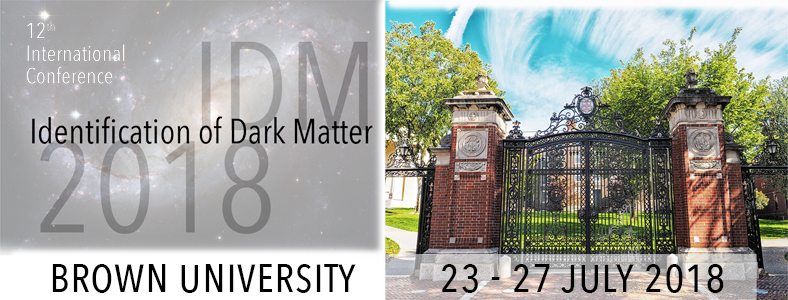Speaker
Description
We systematically approach the topic of signal diversity and model discrimination for a variety of future dark matter (DM) direct detection experiments. Firstly I introduce the Euclideanized signal method which will allow for a "benchmark-model-free” discussion of optimal experimental design. Secondly, I will present an intuitive way to quantify the sensitivity of experiments in terms of the number of distinctly discriminable signals and discuss a simple way to visualise these results using Infometric Venn Diagrams. In addition, I will demonstrate the technique and display the complementarity of combining a Xenon and Argon detector using a Non-Relativistic Effective Field Theory framework as well as some selected DM models. I show, using Modern clustering algorithms, that only in a small region of the parameter space is it possible to both constrain the mass of the DM and simultaneously discriminate between standard spin independent interactions and other DM-nucleon couplings for near-future Xenon and Argon detectors. Finally, I will present recent work on attempting to systematically break down model degeneracies by accounting for inelastic contributions to the DM signal
